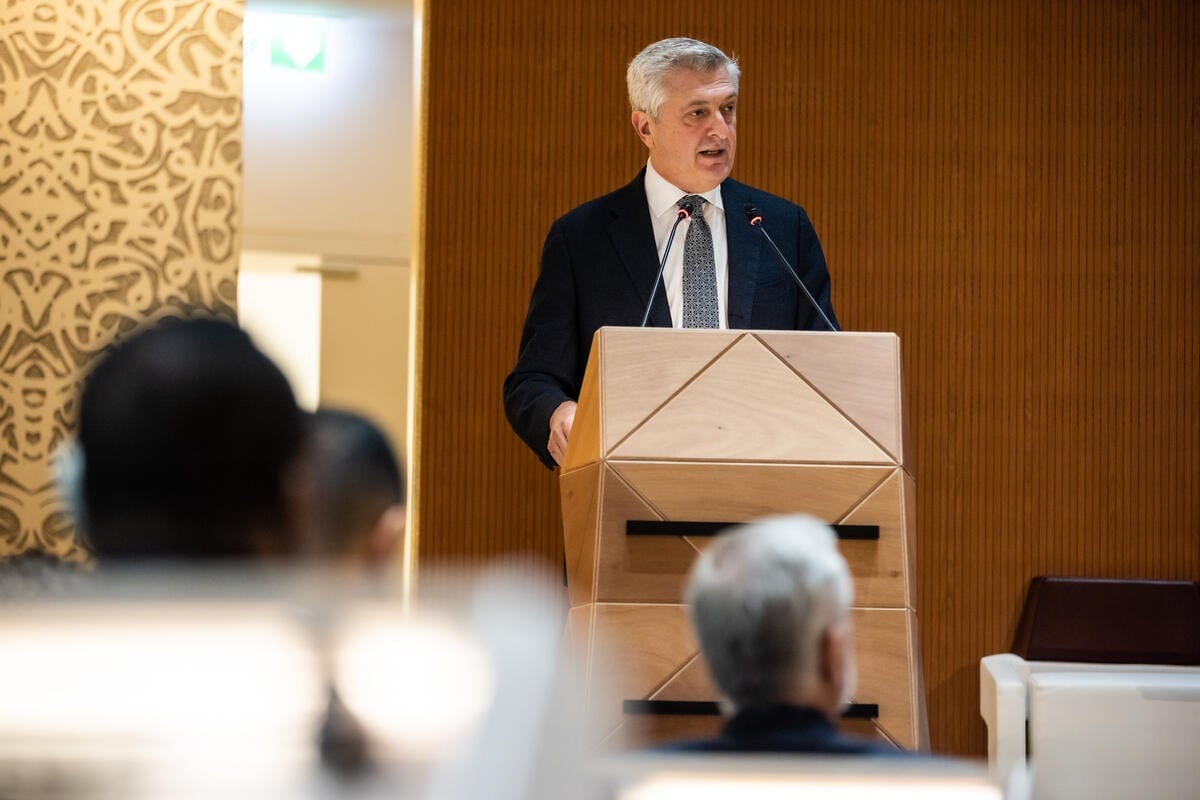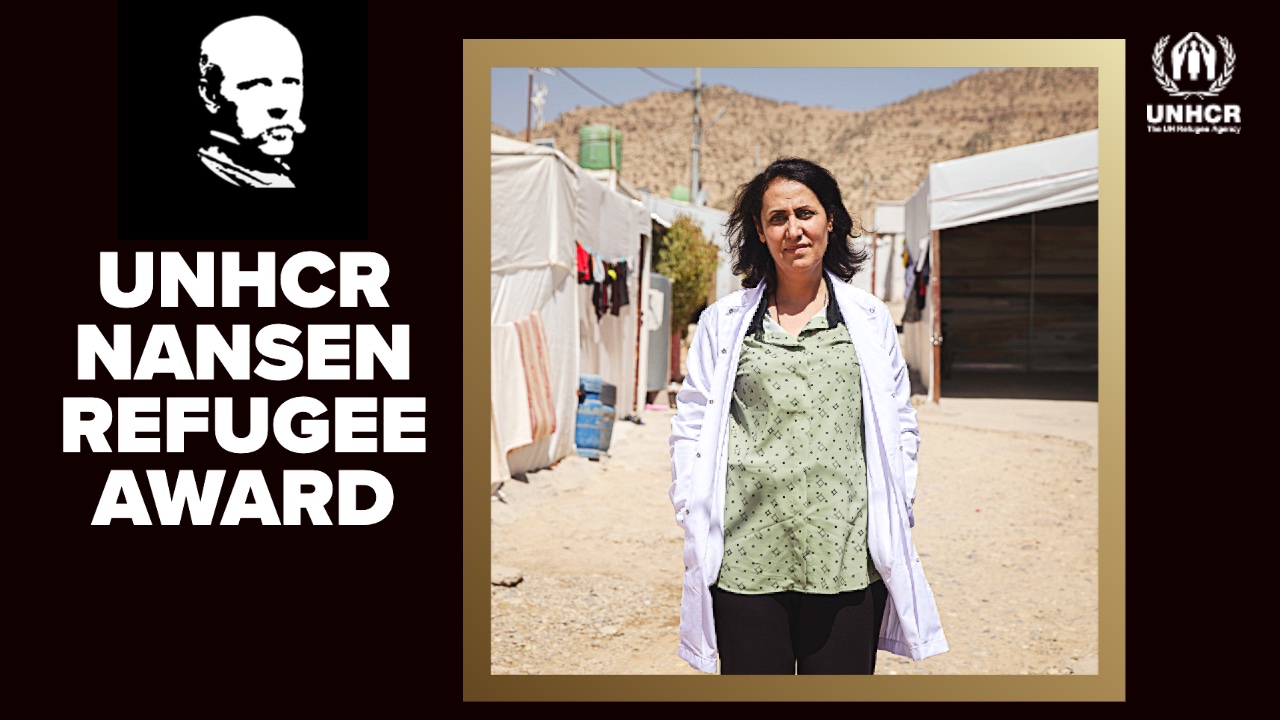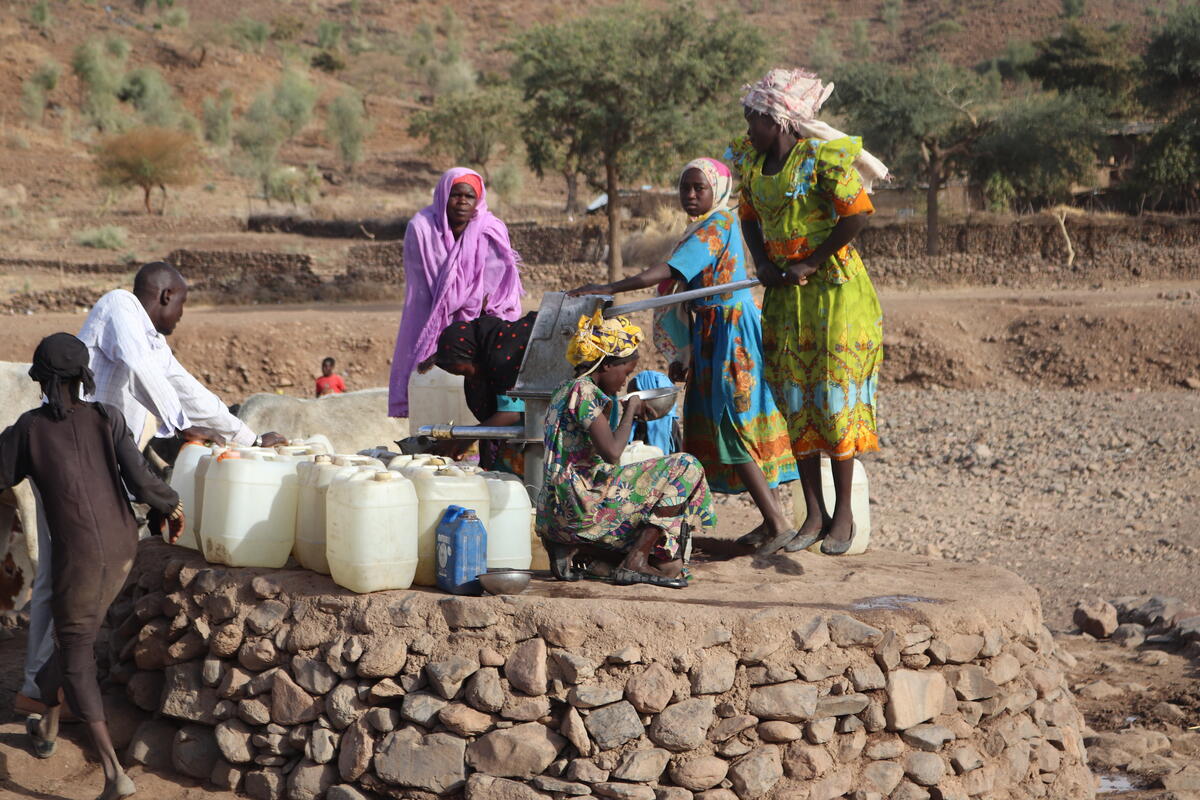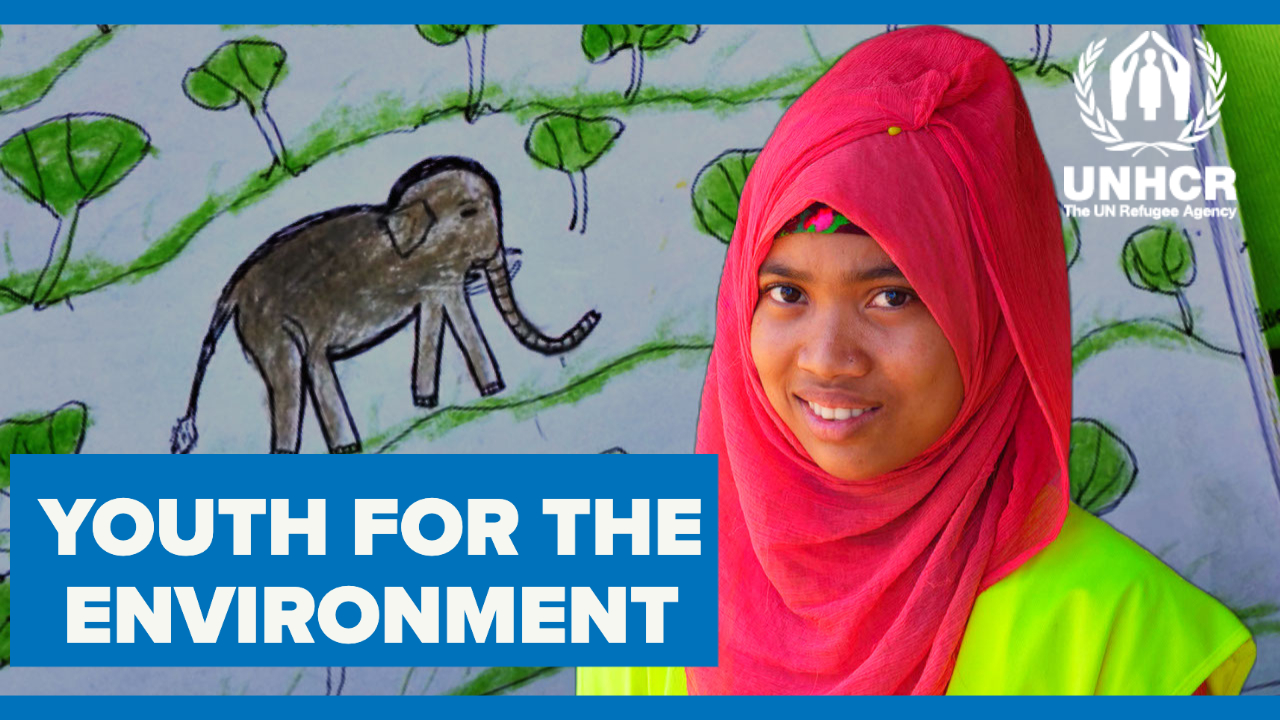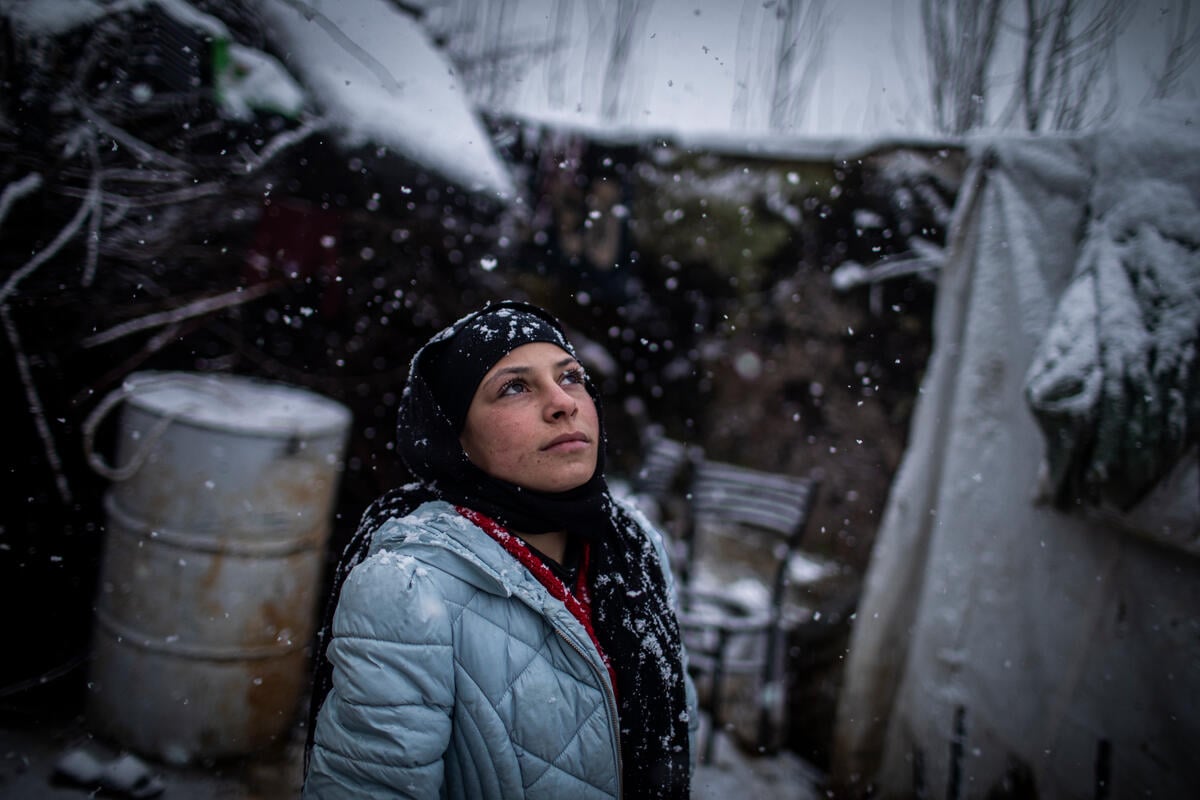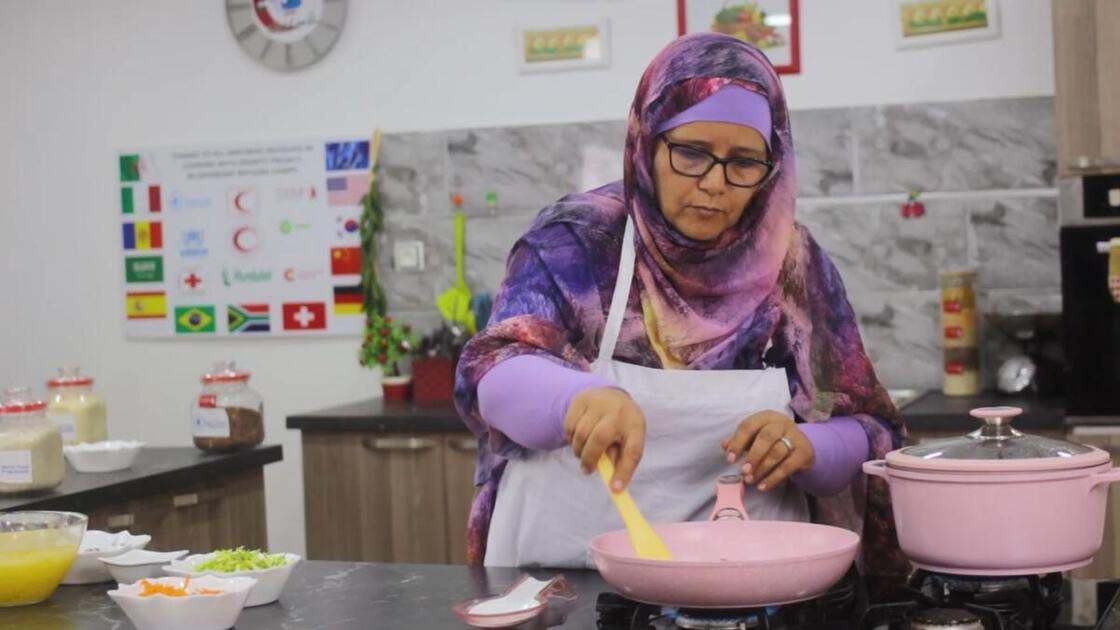Rohingya refugees and local Bangladeshis benefit from inclusive COVID-19 response
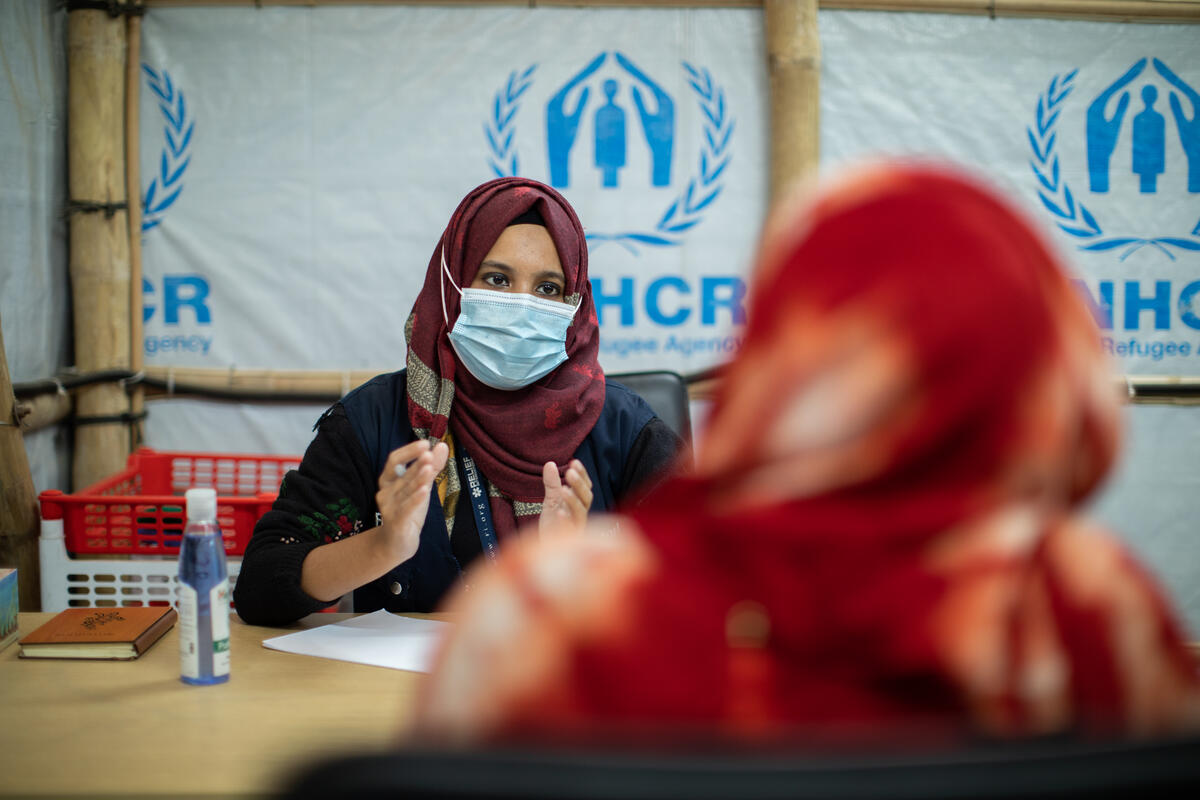
Rohingya refugees and local Bangladeshis benefit from inclusive COVID-19 response
When the first cases of COVID-19 emerged in Bangladesh in March 2020, concerns quickly followed about the potential for the virus to spread through the densely populated refugee settlements in the south of the country that are home to over 860,000 Rohingya.
Just over a year later, out of almost 30,000 tests conducted in the Rohingya camps, only 400 cases of COVID-19 have been confirmed, resulting in 10 deaths. The reasons for the lower-than-expected numbers of recorded infections and deaths are not yet clear, but since the start of the pandemic, UNHCR, the UN Refugee Agency, and other aid agencies have worked closely with the government and local authorities to come up with a response that includes both refugees and local Bangladeshi communities.
“Coordination and collaboration among the agencies is so important, while the proactive engagement of refugees and host communities has been a crucial factor in the response to COVID-19 in Cox’s Bazar,” said Dr. Allen Gidraf Kahindo Maina, UNHCR’s senior public health officer in the district.
Initially, this meant using radio, videos and posters in Rohingya, Burmese and Bengali languages to share information about how people could protect themselves from the virus. The outreach campaign also included hundreds of volunteer community health workers, many of them refugees, carrying out door-to-door visits to share information, and support local health care facilities to identify and treat COVID-19 cases.
Since the beginning of the response, the humanitarian community has helped to establish 14 isolation and treatment centres (ITCs) inside the camps and in the surrounding host communities in Cox’s Bazar. By the end of 2020, there were over 1,200 beds available between them. The ITCs are equipped to provide care for Bangladeshi and Rohingya COVID-19 patients with mild to severe symptoms.
In May 2020, UNHCR and partner, Relief International, opened the first such centre in Ukhiya town, just days before the first Rohingya refugee tested positive for COVID-19.
"When I was sick with COVID ... the other patients became like a family to me."
Sokina, 35, lives in a village near Kutupalong – the largest refugee settlement in Cox’s Bazar, and in the world. With three children and a sick husband to support, she was employed as a domestic worker by a local family when she began to experience COVID-19 symptoms two months ago. Her employer advised her to go to the local ITC in Ukhiya town to be tested.
Despite living in such proximity to the camp, Sokina had had little interaction with the Rohingya before being admitted to the treatment centre. She spent 17 days there, with five other female patients – three of them Bangladeshis and two of them Rohingya refugees. They became very close and supported one another through a frightening time.
“When I was sick with COVID, I didn’t have my family with me, so the other patients became like a family to me,” she recalled. “We talked together, and we shared our experiences.”
She learned about the lives the Rohingya women had led back in Myanmar and how they became refugees.
“They had good lives before in Myanmar, but now they are suffering, and they need our help. They are just human beings, why should they be treated badly? We are patients, they are patients, we should all be treated equally,” she said.
In November last year, Rohingya refugee Shokiba, also 35, spent 20 days with her seven-year-old daughter, Jainak Bibi, in the same facility. While she did not have COVID-19 herself, she was able to stay with Jainak throughout her treatment. She had heard about people all over the world dying from the virus, but was reassured by what she saw in the ITC.
“The doctors were very good, and they treated all the patients well. There were also Bangladeshi patients with us, but nobody was treated differently,” she said.
In addition to the ITCs, there was an urgent need for an intensive care unit (ICU), with ventilators for the most serious COVID-19 cases. UNHCR helped the National Sadar Hospital in Cox’s Bazar open a 38-bed ICU in June 2020. A High Dependency Unit (HDU) was also created to provide care to those recovering from the virus. Funding for 110 staff, medication and all other needs is provided by UNHCR.
Dr. Kafil Uddin Abbas, who heads the ICU, said it has been essential in saving the lives of the most severely affected patients.
“This infrastructure has been a great support for the people of Cox’s Bazar, but also the people of this entire region,” he said. “This is the only ICU unit for the entire district - not only for COVID-19, but also for any other medical emergencies.
“We believe that this ICU unit can set an example of solidarity and service across the whole country and even globally,” he added.
At the beginning of 2021, the Bangladesh government began the rollout of a national COVID-19 vaccination plan, with the first vaccinations taking place in the capital at the end of January. Over the next month, more than three million Bangladeshis received their first dose of a vaccine.
Following discussions between UNHCR, health sector partners and national health authorities, the government has now confirmed that Rohingya refugees will be included in the national vaccination roll out using the same criteria for prioritizing the most vulnerable as for Bangladeshi nationals. This includes older age groups, frontline health workers, volunteers, and teachers, among others. Refugees are expected to start receiving vaccinations in the coming weeks.
“Bangladesh has shown remarkable solidarity, as well as foresight, in the inclusion of Rohingya refugees in all planning since the beginning of the pandemic, including the ongoing vaccination campaign,” said UNHCR’s Dr. Maina.
“Protecting the most vulnerable in every society is essential to defeating this virus.”





